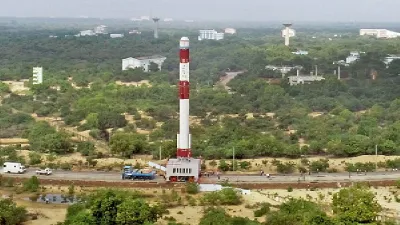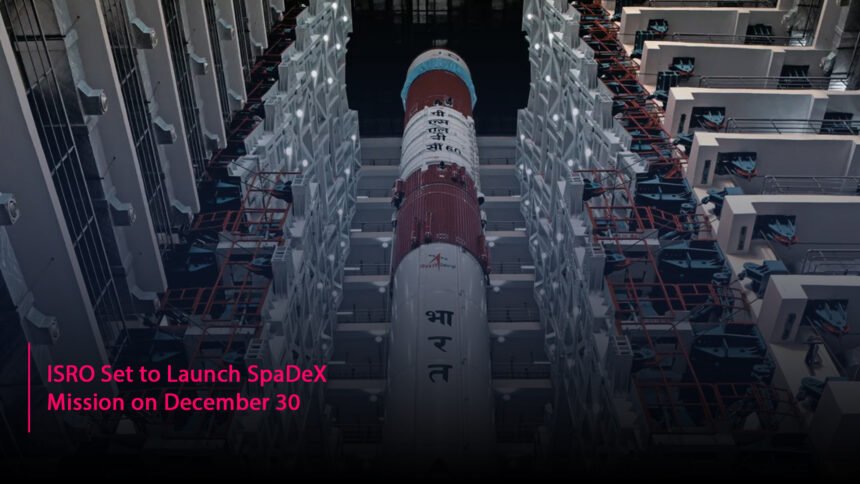The Indian Space Research Organisation (ISRO) is set to conclude the year with its significant SpaDeX mission, scheduled for launch at 9:58 PM on December 30 from Sriharikota, India’s sole spaceport. This mission aims to demonstrate the docking of two small satellites in space, a crucial capability for future projects like Chandrayaan-4 and the proposed Bharatiya Antariksh Station.
The SpaDeX mission involves two satellites: SDX01, known as the Chaser, and SDX02, referred to as the Target. Both satellites will be launched into a circular orbit at 470 kilometers. During the mission, they will align in orbit, gradually reduce their distance from each other, dock together to transfer electrical power, and then separate again. After separating, both satellites will operate their onboard instruments for a duration of two years.
ISRO will launch the two satellites weighing 220 kg using the PSLV-C60 rocket. The PSLV will provide a small relative velocity between the two satellites, allowing them to drift apart by about 10 to 20 km within a day. The Target satellite will use its propulsion system to maintain a stable distance of 20 km from the Chaser before it proceeds to dock.

This mission is notable for its use of advanced technologies. The satellites will employ a docking mechanism and various sensors to ensure precise alignment and avoid collisions during the docking process. Once docked, they will demonstrate the ability to transfer power and control between them before separating again.
In addition to testing docking technology, the SpaDeX mission will make use of the PSLV’s fourth stage to conduct microgravity experiments. This stage will carry 24 additional payloads, including a robotic arm designed for capturing space debris and an experiment focused on seed germination in space.
The SpaDeX mission represents a significant step forward for India’s space ambitions and positions the country to become one of only four nations capable of advanced docking technology. As ISRO prepares for this launch, it highlights the importance of such capabilities for future missions that require multiple spacecraft working together in orbit.










